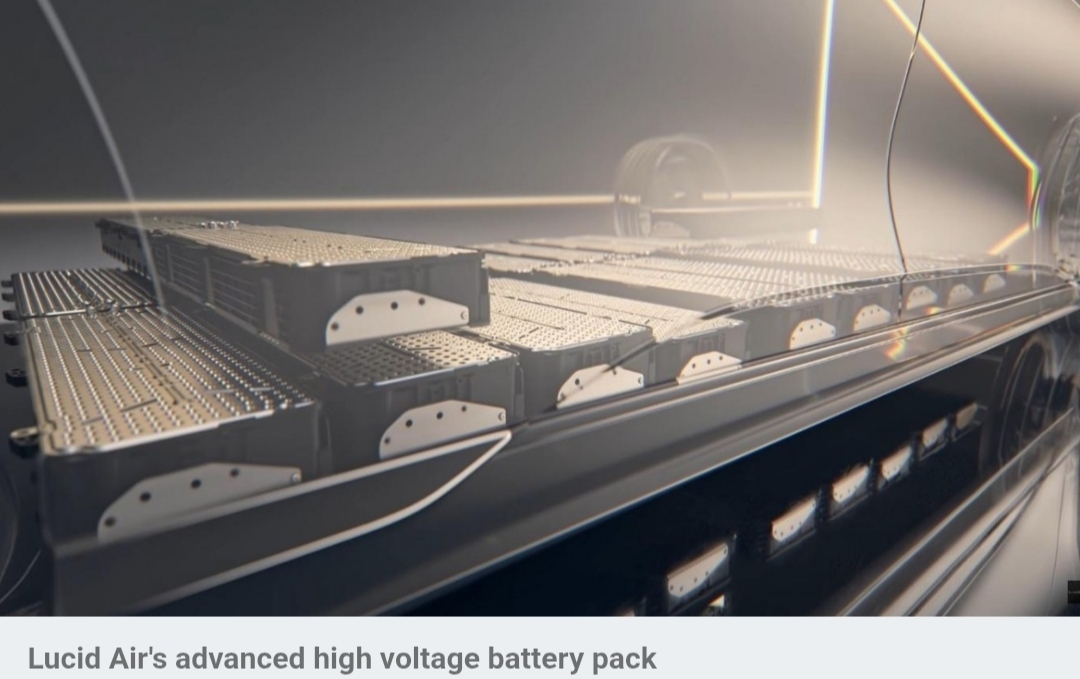EV Battery Technologies in 2025: What's Powering the Present and Future of Electric Vehicles”
EV Battery Technologies Explained: Current Options & Future Game-Changers
The biggest hurdle to electric vehicles (EVs) taking over the automotive industry lies in battery technology. Despite impressive progress in the last decade, the energy density of high-voltage EV batteries still falls short compared to traditional liquid fuels. The ultimate goal? A battery that stores significantly more energy without sacrificing safety, weight, or cost.
Let’s explore today’s most-used EV battery technologies, and what the future may hold.
Current Battery Technologies in Electric Vehicles
1. Lithium-Ion Batteries – NCM/NCA Cathodes
These dominate today’s EV market. Lithium-ion (Li-ion) batteries, first commercialized by Sony in 1991, rely on lithium ions moving between anode and cathode through a liquid electrolyte. During discharge, ions flow from anode to cathode, producing electricity.
NCM (Nickel Cobalt Manganese) and NCA (Nickel Cobalt Aluminum) are common cathode chemistries.
Battery Type Li-ion NCM/NCA
Specific Energy 150–325 Wh/kg
Cycle Life 500–1500 cycles
Cost €250–280/kWh
Weight for 500 km range 385–830 kg
Higher nickel content = higher energy density. For example, NCM 712 (70% Nickel) offers more energy per kg, but cobalt scarcity and ethical concerns push manufacturers to reduce or eliminate cobalt content.
Pros:
High energy density
Well-established tech
Cons:
Limited lifespan
Cobalt-related ethical concerns
2. Lithium-Ion – LFP (Lithium Iron Phosphate) Cathodes
LFP batteries are gaining ground, especially in budget-friendly EVs like the Tesla Model 3 Standard Range. While their energy density is lower, they’re cheaper, safer, and offer long service life.
Battery Type LFP
Specific Energy ~120 Wh/kg
Cycle Life >2000 cycles
Cost €200/kWh
Weight for 500 km range ~1040 kg
Pros:
Very durable (>2000 charge cycles)
Safe, thermally stable
Can be charged to 100% without degrading
Cons:
Lower energy and power output
Heavier for same range
Next-Generation EV Battery Technologies
1. Lithium-Air Batteries (Li-Air)
This is the most promising high-density battery tech, with energy density that could rival gasoline—up to 11,400 Wh/kg. It uses lithium at the anode and oxygen from air at the cathode.
Battery Type Lithium-Air
Specific Energy 11,400 Wh/kg
Cycle Life Very low
Cost Unknown
Weight for 500 km range ~11 kg
Challenges:
Dendrite formation during charging
High heat prevents fast charging
Currently only viable in lab settings
If commercialized, it could make combustion engines obsolete almost overnight.
2. Solid-State Batteries
Dubbed the "Holy Grail" of EV batteries, solid-state cells replace the liquid electrolyte with a solid one, offering higher energy density and safety.
Battery Type Solid-State
Specific Energy 500–600 Wh/kg (projected)
Cycle Life ~1000 cycles
Cost Unknown
Weight for 500 km range 200–250 kg
Though not yet in commercial EVs, prototypes from companies like Toyota and QuantumScape are expected to enter production within 2–3 years.
Pros:
High energy density
Enhanced safety (no flammable liquid)
Lighter and more compact
Cons:
Manufacturing complexity
Currently expensive
Conclusion
Current lithium-ion batteries (NCM/NCA and LFP) continue to power most EVs on the road. But the future belongs to revolutionary breakthroughs like lithium-air and solid-state technologies. These innovations promise lighter, longer-lasting, and faster-charging batteries, potentially redefining electric mobility.










Post a Comment